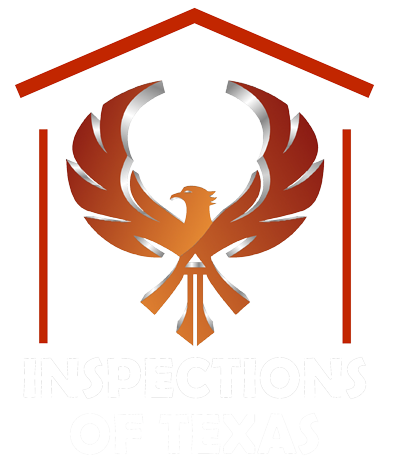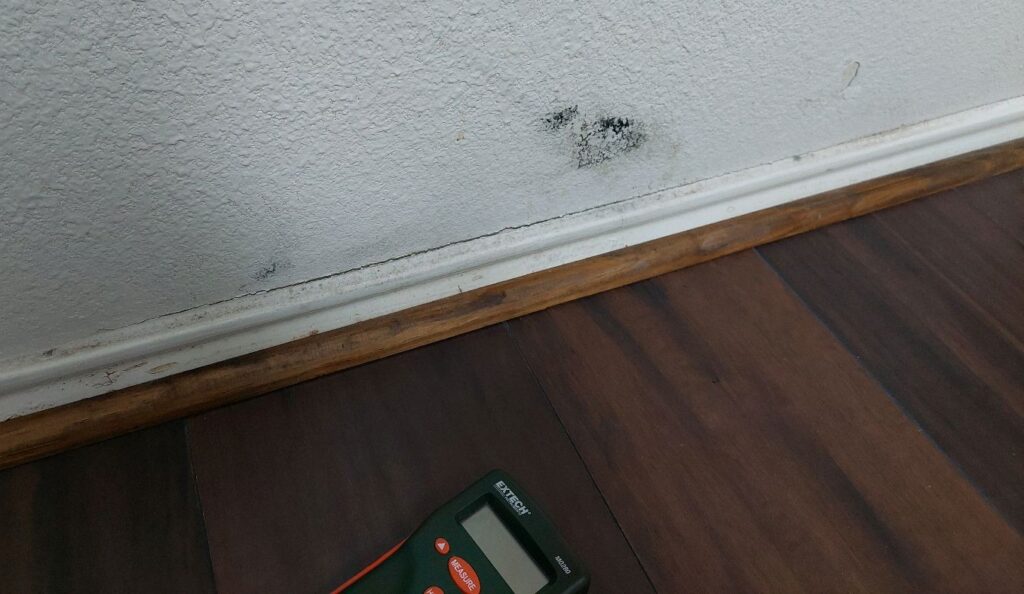How do you know if it’s mold? Even if it is mold, it may not be a toxic kind. A professional test is required to determine which of the 100,000+ species of mold a house may have. Only a small percentage of molds are toxic. Home inspectors look for indicators and report it. Water leaks are the primary reason for mold. It is a type of fungus that thrives in damp places and damages the house. Mold can be a health and safety concern because it can produce poor indoor air quality and make people sick.
Signs
Our inspectors check every home for evidence of mold. We look for water leaks, discoloration or growth on building materials, a strong musty smell, dampness, or water damage. We also investigate with the infrared camera and moisture meter to report our findings. When we see issues of concern, we recommend a licensed specialist.
Symptoms
Residents may experience cold symptoms, allergic reactions, skin irritations, or respiratory issues if it is a toxic type. Some people are hypersensitive even if others don’t see or smell it. So it is critically important to address any potential mold.
Prevention
1. Air movement is critical to the health of the home. Using exhaust fans in bathrooms and kitchens reduces humidity. Attics are another area where ventilation is required to prevent moisture buildup. It is estimated that 90% of the attics in Texas are not properly ventilated. The temperature inside the attic should be within 15 degrees of the outside temperature. The HVAC unit should reduce humidity inside the house. However, units that are too large will short cycle and not control the humidity. Air leaks and moisture buildup from ducts touching can cause mold too. Ensuring proper ventilation in all areas prone to humidity is essential.
2. If you spot a leak or growth of any type, clean it immediately using appropriate cleaning agents. Make sure to use proper Personal Protective Equipment while cleaning for identified mold. According to the EPA, even if it’s toxic mold a homeowner can clean it themselves if it is 10 square feet or less. Learn more here: https://www.epa.gov/mold/mold-cleanup-your-home
3. Ensure that your house’s drainage system directs water away from the foundation to prevent moisture intrusion. The soil grading should be sloped a minimum of 6 inches per 10 feet or 2% down and away from the foundation of the house. Using gutters and splash blocks also direct water beyond the house.
Professional Testing and Remediation
There are two types of professionals who test for mold. A licensed Mold Assessment Technician (MAT) records measurements, collects samples, and makes reports. A licensed Mold Assessment Consultant (MAC) does all the above assessments and writes a remediation protocol. The protocol details the materials, steps, and criteria for assessing that it is clear of issues. According to Texas regulations the mold assessment person or company cannot have a financial tie to the mold remediation company on the same job. Once a protocol is established a licensed Mold Remediation Contractor should be contacted for the actual work. They will follow the specified protocol to make your house safe and comfortable again.
To see if your potential home had an insurance claim for fire, flood, mold, etc. check out prior insurance claims with a C.L.U.E. Report. https://www.tdi.texas.gov/tips/check-your-propertys-insurance-claim-history.html
At Inspections of Texas, we are not licensed for mold inspections, but we inspect for indicators where there might be problems. Problems can be avoided by repairing water leaks right away, cleaning and drying the area. We inspect for your safety in every way we can!

